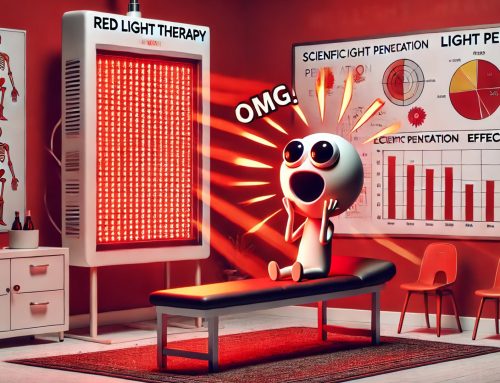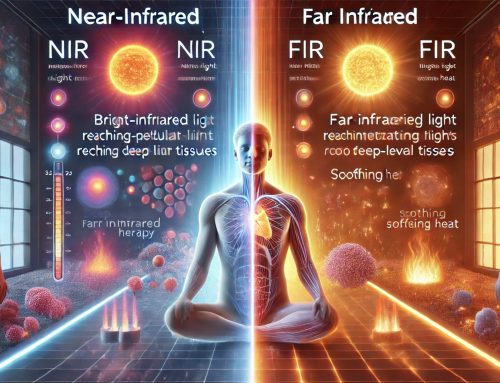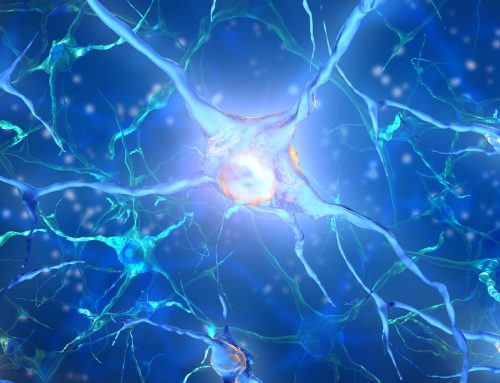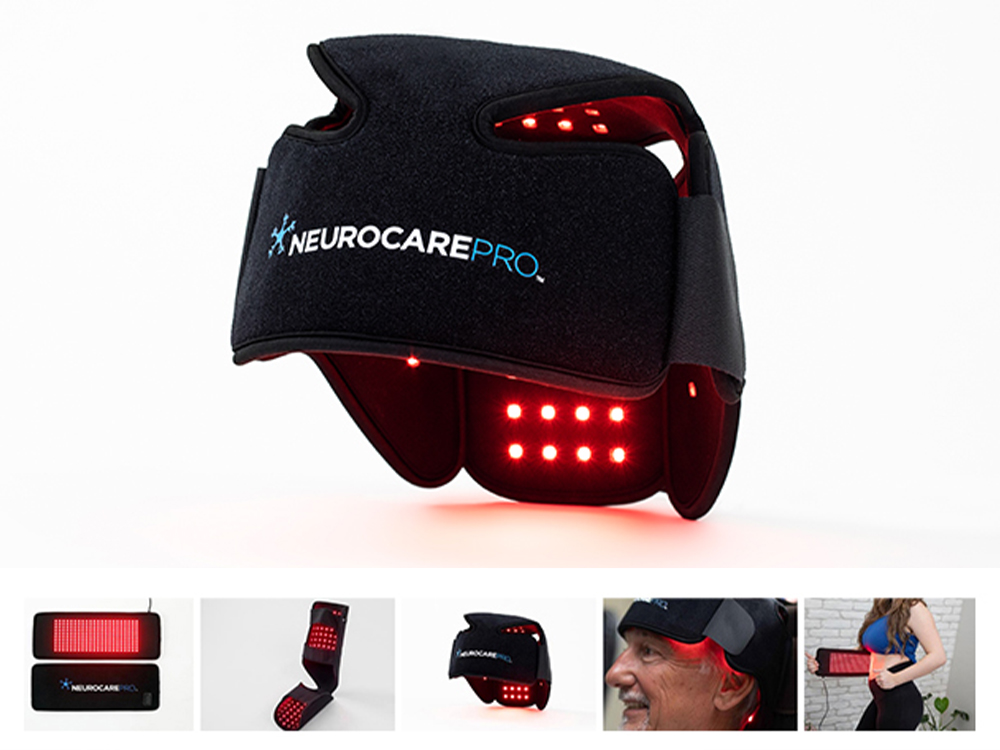What is Sound?
Sound is a type of energy that travels through the air (or other mediums) as waves. These waves are created by vibrating objects and are detected by our ears. Sound can vary in pitch, loudness, and quality, depending on the characteristics of these waves.
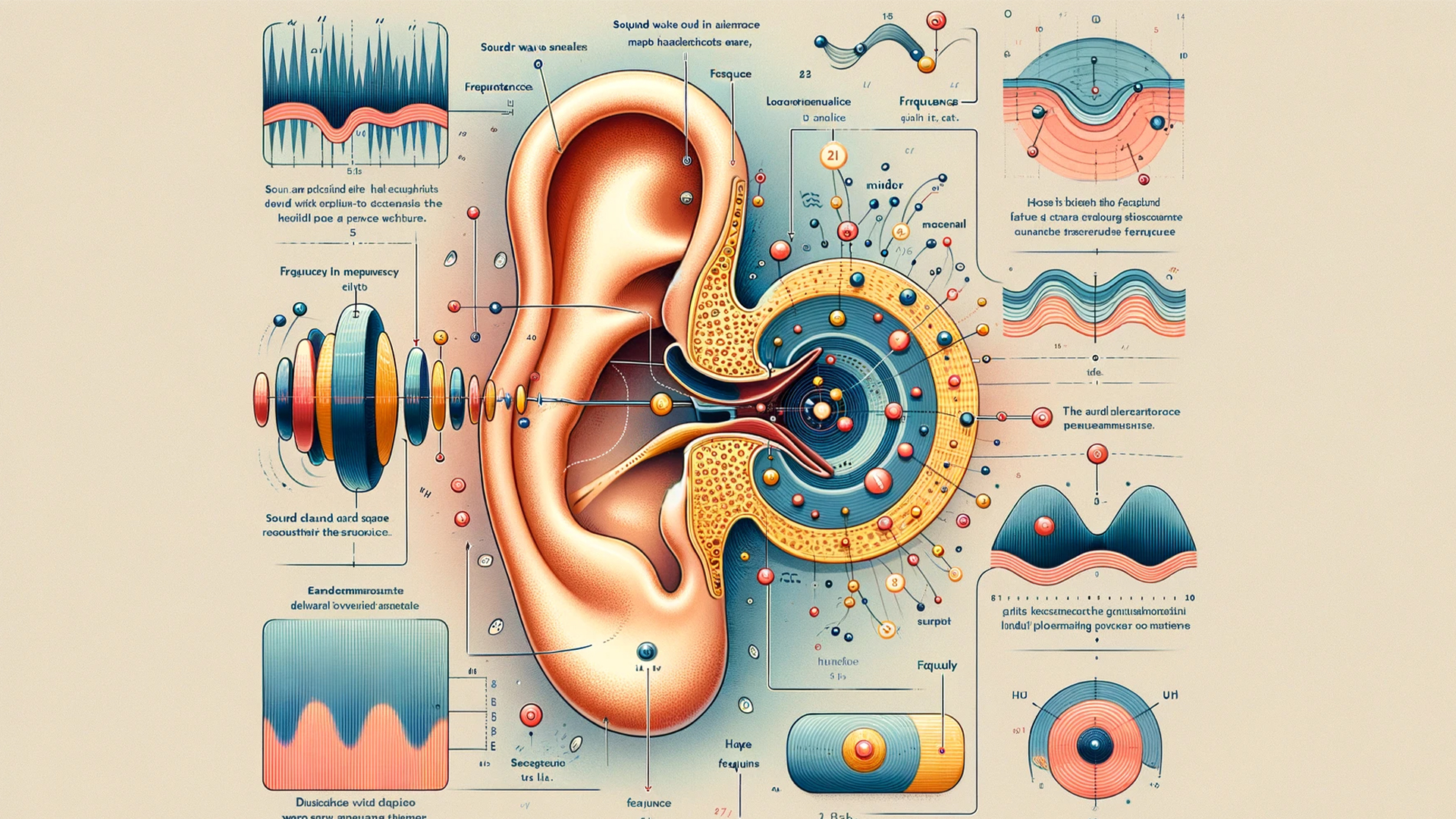 What is Frequency?
What is Frequency?
Frequency is the number of waves that pass a point in one second, measured in Hertz (Hz). It determines the pitch of a sound.
- High Frequency: Sounds with high frequencies have high pitches, like a whistle or a violin.
- Low Frequency: Sounds with low frequencies have low pitches, like a drum or a bass guitar.
How Our Ears Work
Our ears are remarkable organs designed to detect sound waves and convert them into signals that our brain can understand. Here’s how the process works:
- Outer Ear: The outer ear, or pinna, collects sound waves and funnels them through the ear canal to the eardrum.
- Middle Ear: The sound waves cause the eardrum to vibrate. These vibrations are transmitted to three small bones in the middle ear known as the ossicles (malleus, incus, and stapes). The ossicles amplify the vibrations and pass them to the inner ear.
- Inner Ear: In the inner ear, the vibrations reach the cochlea, a fluid-filled, spiral-shaped organ. The cochlea contains tiny hair cells that move with the vibrations and convert them into electrical signals.
- Auditory Nerve: These electrical signals are then transmitted via the auditory nerve to the brain, where they are interpreted as sound.
How Sounds Are Frequency
Sound waves are created by vibrations and travel through a medium (like air) as longitudinal waves. The frequency of these waves determines the pitch of the sound we hear. Here’s how it works:
- Vibration Source: When an object vibrates, it creates pressure waves in the surrounding medium. For example, a guitar string vibrates when plucked, creating sound waves.
- Wave Propagation: These sound waves travel through the air as alternating high-pressure (compression) and low-pressure (rarefaction) regions.
- Frequency and Pitch: The frequency of the wave corresponds to how many compressions pass a point per second. A higher frequency means a higher pitch, and a lower frequency means a lower pitch.
The Relationship Between Frequency and Sound
The frequency of a sound wave is a fundamental characteristic that determines how we perceive sound.
- Pitch: Higher frequency waves produce higher-pitched sounds, while lower frequency waves produce lower-pitched sounds.
- Musical Notes: In music, different notes correspond to different frequencies. For example, the note A above middle C on a piano has a frequency of 440 Hz.
- Human Hearing Range: Humans can typically hear sounds ranging from about 20 Hz to 20,000 Hz. Sounds below 20 Hz are called infrasound, and sounds above 20,000 Hz are called ultrasound.
Why Frequency Matters
Understanding frequency is essential for various applications:
- Music: Musicians and sound engineers use frequency to tune instruments and create harmonies.
- Medicine: Ultrasound technology uses high-frequency sound waves to create images of the inside of the body.
- Communication: Radio and communication devices operate at specific frequencies to transmit information over distances.
What to know
Sound is a fascinating phenomenon that relies on vibrations and waves. By understanding frequency and the mechanics of hearing, we can better appreciate the sounds around us and the technology that utilizes sound. From the music we enjoy to the conversations we have, frequency plays a vital role in our auditory experiences.





 What is Frequency?
What is Frequency?